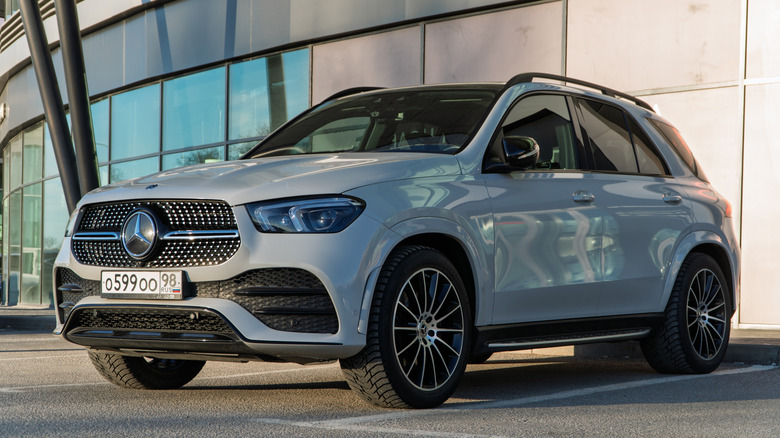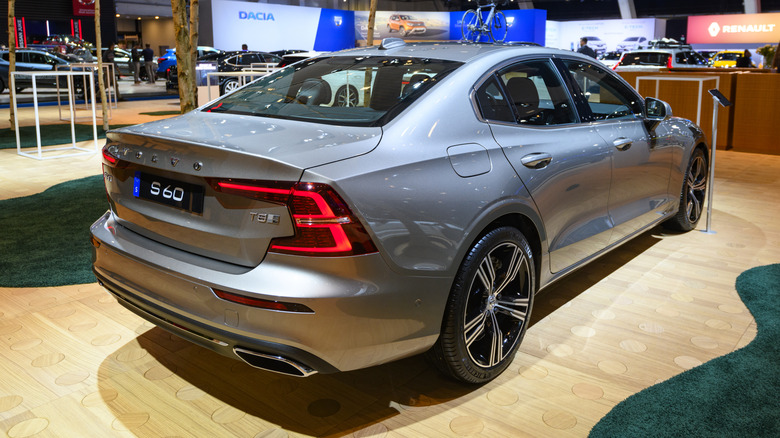Are European Cars Really More Expensive To Maintain?
When shopping for a new car, it's worth noting that the purchasing decision doesn't just end with the buying price. You'll also want to consider fuel efficiency, reliability, and the total ownership costs. After all, what appears to be a bargain upfront for a like-new luxury car you can buy under $30K, might prove particularly costly to own in the long run. In fact, when it comes to European vehicles, they usually tend to cost more than comparable American models. The difference in initial buying price and long-term ownership costs between these two can significantly impact your budget over time.
As a professional mechanic and a luxury vehicle connoisseur, I've been working on my own cars and those of others for over six years. During that time, I have worked on various models, including European cars like Mercedes-Benz and BMW, as well as American marques like Cadillac and Chrysler. What I've come to realize is that the maintenance cost disparity becomes stark when you compare American cars alongside their European rivals.
For instance, most American models range between $750-$1,200 (for Tesla and Jeep, respectively) for average maintenance costs from the first to the fifth year of ownership; and $4,320-$5,250 from year six to 10 years of ownership. European models, on the other hand, cost between $1,200-$5,000 (for Volkswagen and Porsche, respectively) from the first year to the fifth year of ownership; and $6,640 to $17,450 from 6-10 years of ownership.
For sure, the "expensive European car" stereotype isn't true across every brand and model. In fact, some European models I've owned or worked with — especially Volkswagen and Volvo vehicles — boast affordable maintenance costs that are closer to those of American cars.
Reasons European cars are more expensive to maintain
European automotive manufacturers (BMW, Audi, Mercedes-Benz, and Porsche) usually insist specifically on using precision-engineered components. After all, almost all European car parts are designed from premium materials that use proprietary technologies. As such, if you need to replace the windshield, you'll have to splurge on your credit card because of the import cost. Not forgetting that the import tariffs and distribution logistics won't make the OEM parts any cheaper.
The sophistication of European engineering extends to adaptive suspension systems, turbocharged engines, advanced infotainment, and driver-assistance technologies. Actually, these complex systems typically require specialized diagnostic equipment that your average mechanic's toolkit may not have. Servicing these components can take longer and requires technicians trained in European vehicle systems. What's more, this expertise comes at a premium, which explains why labor costs at European specialty shops are higher.
It's worth noting that becoming a certified European brand technician isn't your run-of-the-mill training. These specialists undergo a series of expensive overseas or manufacturer-specific programs, investments that will definitely be reflected in labor rates. That's why, if you visit a European car specialist, you'll probably be charged $100-$200 per hour on labor costs compared to general automotive technicians who charge $75-$125 per hour for domestic vehicles. After all, even simple routine maintenance service items like oil changes or brake replacements will take longer to perform correctly on European models than on any others.
Are the higher maintenance costs justified?
Having worked on several European vehicles, I can confidently say that their higher maintenance costs are not just random pricing. Brands like Porsche, BMW, and Volvo design their vehicles with an uncompromising focus on performance, longevity, and refinement — qualities that demand precision machining. Just keep in mind that, even though the upfront maintenance investment (when properly maintained with OEM parts and fluids) may be steeper, these vehicles are designed to remain durable, at times surpassing 200,000 miles with routine maintenance.
In fact, from my experience, one advantage I've personally observed with modern European vehicles is their frequent service intervals. Thanks to advancements in synthetic oil technology and advanced engine-monitoring systems, many models recommend oil changes between 7,500 to 10,000 miles. Although a common car maintenance myth is to change your oil every 3,000 miles, some newer models are also pushing this up to 15,000 miles. The high expenses of the individual service sessions are offset by the reduced frequency of maintenance appointments over time.
Not to mention the resale value: Well-maintained German and Swedish models often command strong prices in the used market due to their renowned build quality and performance. Some sellers believe that brand prestige translates to financial benefits when selling or trading in. Hence, while you may invest a lot during ownership, the amount you recoup at resale might not balance the equation.


